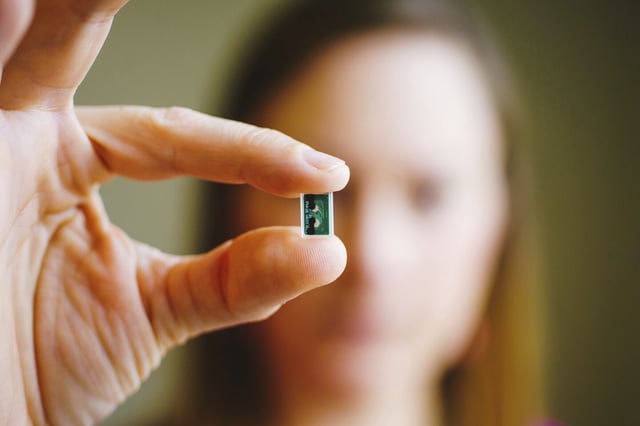Overview
- Brad Smith, a non-verbal ALS patient, is the first of his condition and the third person overall to receive Neuralink's brain-computer interface implant.
- The implant, equipped with 1,024 electrodes, allows Smith to control a computer cursor with his brain and communicate through thought-driven typing.
- Smith's voice is replicated using AI, enabling him to speak in a cloned version of his pre-ALS voice for conversations and interactions.
- Neuralink's robotic surgical system placed the device in Smith’s motor cortex, with Bluetooth-enabled communication between the implant and external devices.
- The PRIME Study, aimed at validating the safety and utility of the technology for individuals with paralysis, continues as Neuralink seeks over $500 million in new funding.


